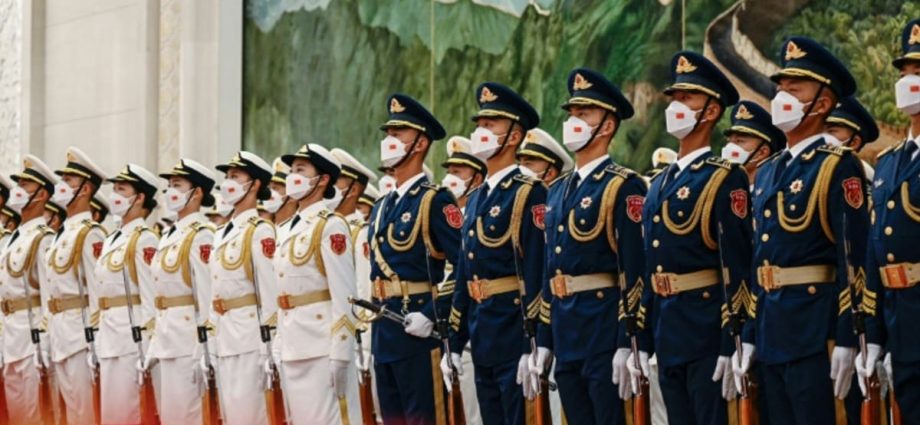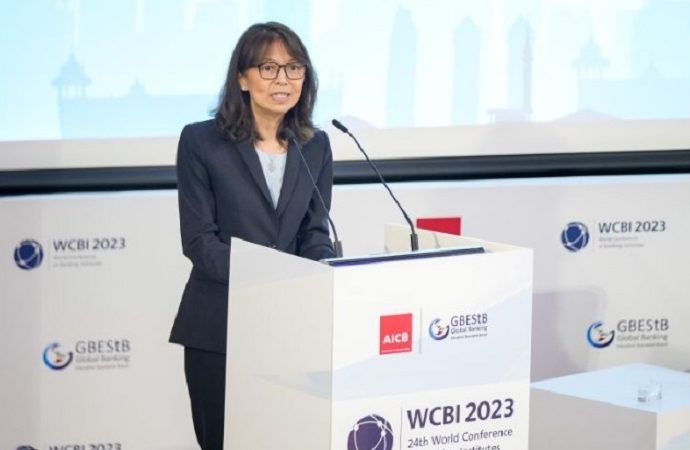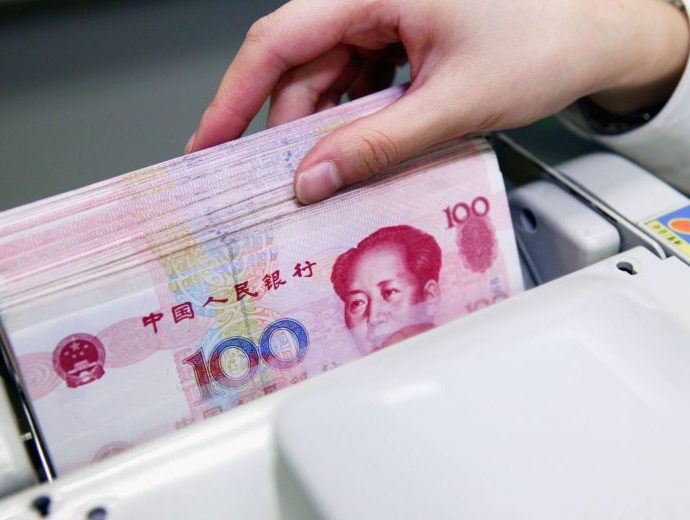US warns firms over new Chinese ‘counter-espionage’ law
The new law expands on previous laws governing national secrets, and comes as relations between Beijing and Washington are deeply strained over military tensions and deep economic competition. NCSC said the law expands China’s definition of espionage from covering state secrets to any documents or data that the government saysContinue Reading























